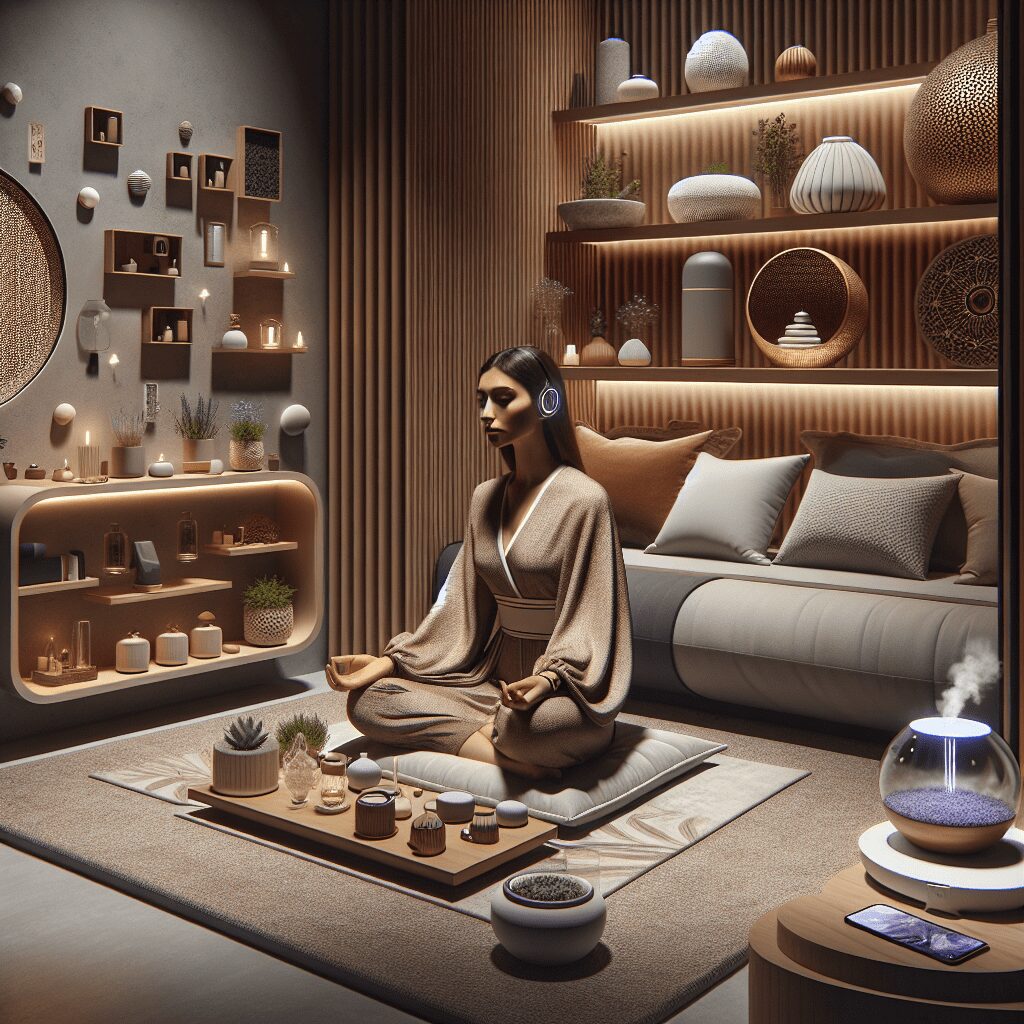
Prioritize your mental well-being daily. Enhance your life by nurturing your mental health with the Smart Meditation app. Break free from stress, alleviate anxiety, and enhance your sleep quality starting today.
How Do I Know If My Puppy Has Separation Anxiety?
Unlocking the Mystery: Does Your Puppy Have Separation Anxiety?
When you’ve brought a bundle of joy, aka a puppy, into your life, it’s all giggles and cuddles until you have to step out. What happens next could range from peaceful slumber on their part to a full-blown canine opera. Yes, we’re talking about the dreaded beast – separation anxiety. It’s like your fur baby turns into a furry Houdini trying to escape, or a four-legged Mozart composing a symphony of howls. But how do you tell if what you’re dealing with is indeed separation anxiety? Let’s delve into the telltale signs and behaviors that could give your pup away.
Recognizing the Telltale Signs
First things first, we need to dot our i’s and cross our t’s when it comes to recognizing the signs. Separation anxiety in puppies is more than just a minor inconvenience; it’s a distress signal. Here’s a checklist to see if your pup’s behavior ticks any boxes:
- The Soundtrack of Your Life Now Includes Howling & Barking: If your neighbors start knowing your schedule based on your dog’s vocal performances, you might have a case of separation anxiety on your hands.
- Destruction Derby: We’re not talking about a bit of playful chewing here. If you come home to a scene reminiscent of a tiny tornado having passed through, specifically at exit points like doors and windows, it’s a sign.
- Escape Artist Extraordinaire: If your pup attempts to follow you to Mordor and back, showing desperation to escape when you’re away, chalk it up as a red flag.
- Puddle & Pile Gifts: Accidents around the house, especially if your pup is otherwise potty-trained, can indicate distress caused by your absence.
- Shadow Syndrome: Does your puppy follow you around like you’re the leader of the pack, even for short distances within the house? Clinginess can be a precursor to separation anxiety.
Crafting a Comforting Environment: Tips & Tricks
Now that we’ve played detective, it’s time to don the hat of a savvy solution-finder. Here are some pro tips to help ease your puppy’s separation anxiety:
- Crate Training is Your New BFF: Contrary to the belief that crates are canine Alcatraz, they can actually provide a safe haven for your pup if introduced properly.
- Leave a Piece of You Behind: An item with your scent can be quite comforting. Think of it as a warm hug in your absence.
- Exercise, The Magic Potion: A well-exercised puppy is a tired puppy. And a tired puppy is less likely to channel their inner Van Gogh on your furniture.
- Gradual Goodbyes: Start by leaving your puppy alone for short periods, gradually increasing the time. It’s akin to dipping your toes in the water before diving in.
- Mind Puzzling Fun: Leave engaging toys that stimulate their brain, making alone time equivalent to fun time.
Recognizing and addressing separation anxiety in your puppy is akin to piecing together a puzzle; you need patience, the right strategies, and a dollop of love. Be consistent, shower them with understanding, and remember – this too shall pass. In the grand scheme of things, nurturing a secure, confident adult dog who knows you will always return is well worth the effort. After all, isn’t unconditional love what our furry friends excel at?





